Now is the prime Camellia time! Our Camellia japonicas are budded & blooming with spring splendor.
Camellias are among spring’s first bloomers. The lovely shrubs spend the year standing tall in the shade garden with glossy evergreen foliage. Even in fall, springs buds are beginning to fatten up. They’re exploding into bloom now and are ripe for selecting.
It’s the perfect time to pick the flower style and color you love. Among the many varieties we stock are:
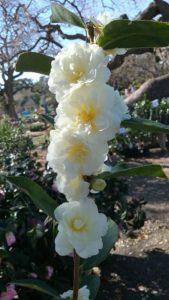
- DEBUTANTE
A medium-sized peony flower with light pink blossoms which appear January through early March. - KRAMER’S SUPREME
has large, lightly fragrant, full peony, deep red to rose-red blossoms which appear late February through March. - NUCCIO’S GEM
a medium to large, formal double flower with pure white blossoms which blooms January through early March. - PEARL MAXWELL
a large, formal double flower with shell-pink blooms which appear early to mid-February through March. - SILVER WAVES
A large, wavy, semi-double flower with white blossoms and sprays of stamens which appear February through March.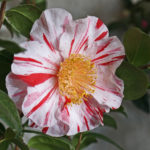
Camellia ‘Ferris Wheel’
Take a look at relative newcomer FERRIS WHEEL. This red, pink and white striped semi-double is quite the stunner.
Planting
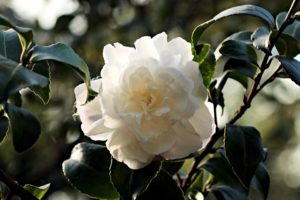 Camellias are slow to moderate growers. Habits vary from compact and upright to loose and spreading. Plant in well-drained organic soil (Acid Planting Mix). Filtered or bright shade all day is the best exposure, early a.m. sun before 10 or late day sun after 5:00 p.m.would also be okay. Protect from the heat of the day.
Camellias are slow to moderate growers. Habits vary from compact and upright to loose and spreading. Plant in well-drained organic soil (Acid Planting Mix). Filtered or bright shade all day is the best exposure, early a.m. sun before 10 or late day sun after 5:00 p.m.would also be okay. Protect from the heat of the day.
Feed monthly September through March with Master Bloom and monthly April through August with Master’s Azalea, Camellia, Gardenia Acid Food. Quarterly applications of Iron will keep your leaves bright green.
We also have a sizable collection of Sasanqua Camellias. Sasanquas typically bloom earlier than the Japonicas.

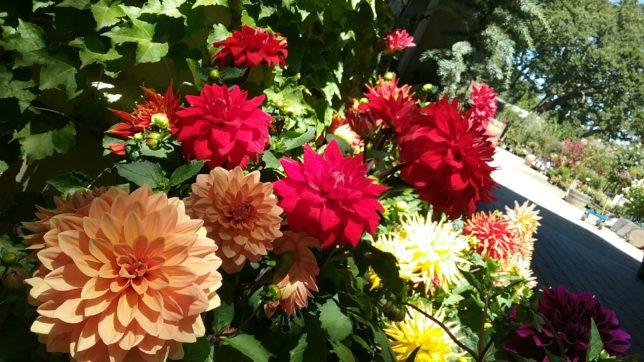
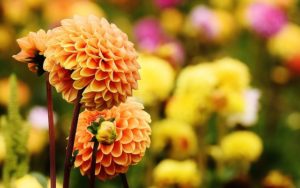
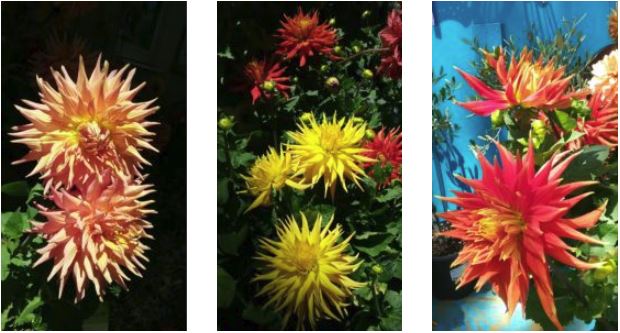
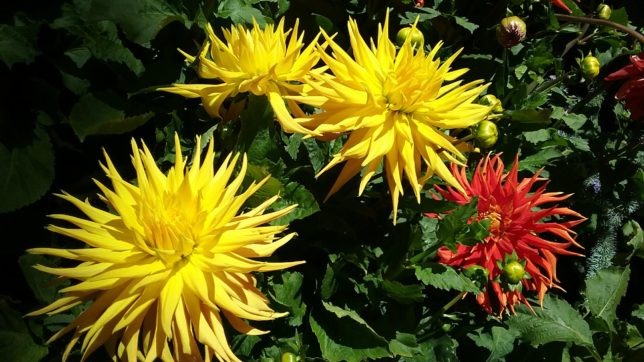
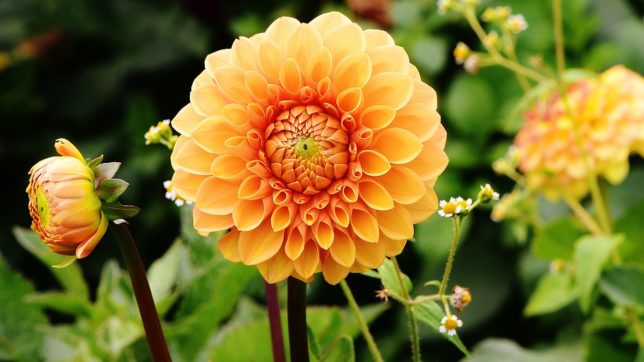
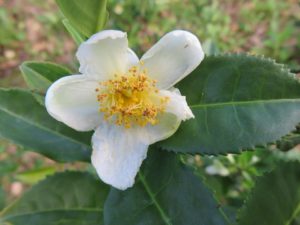
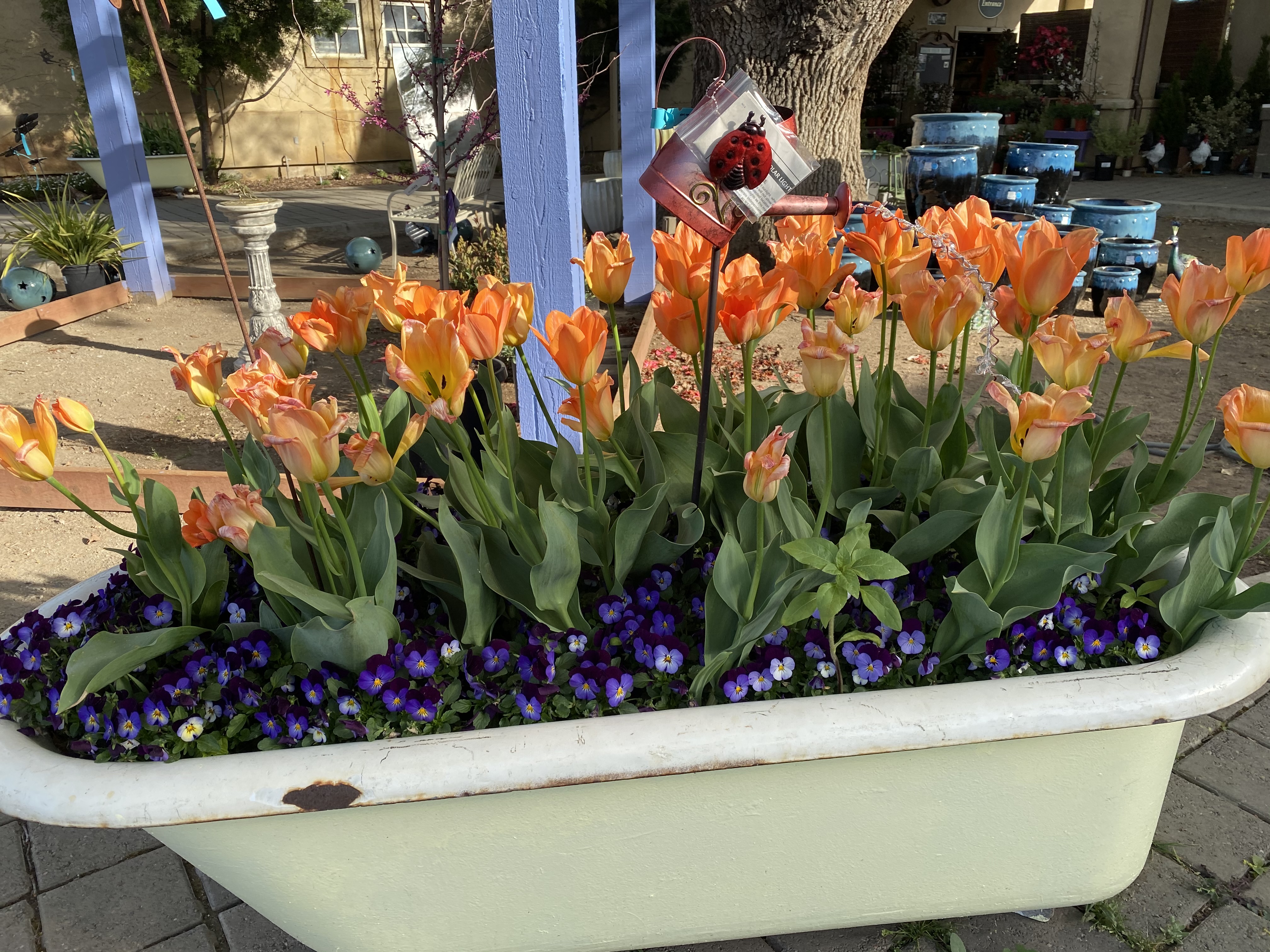
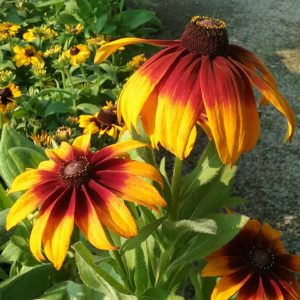 Your garden, no matter how small, does matter!
Your garden, no matter how small, does matter!
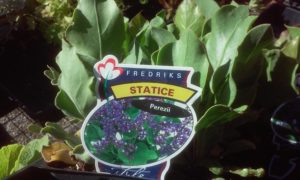 The end of summer marks a perfect time to invest in your garden with a few starts of perennial color. Planting these young plants now will allow them to establish over winter and bloom gloriously next spring. This is a very satisfying way to garden. These plants are small, young, easy to plant and grow, and for a small investment, you can enjoy a wealth of rewards next year.
The end of summer marks a perfect time to invest in your garden with a few starts of perennial color. Planting these young plants now will allow them to establish over winter and bloom gloriously next spring. This is a very satisfying way to garden. These plants are small, young, easy to plant and grow, and for a small investment, you can enjoy a wealth of rewards next year.

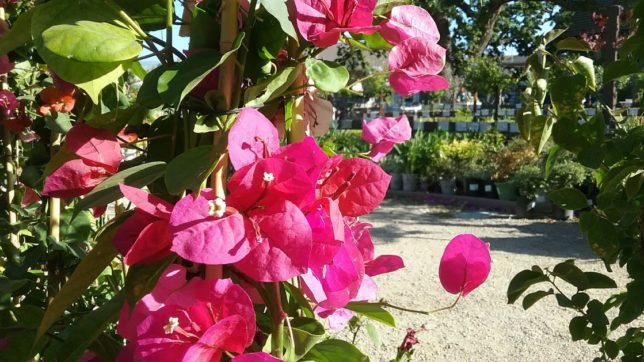
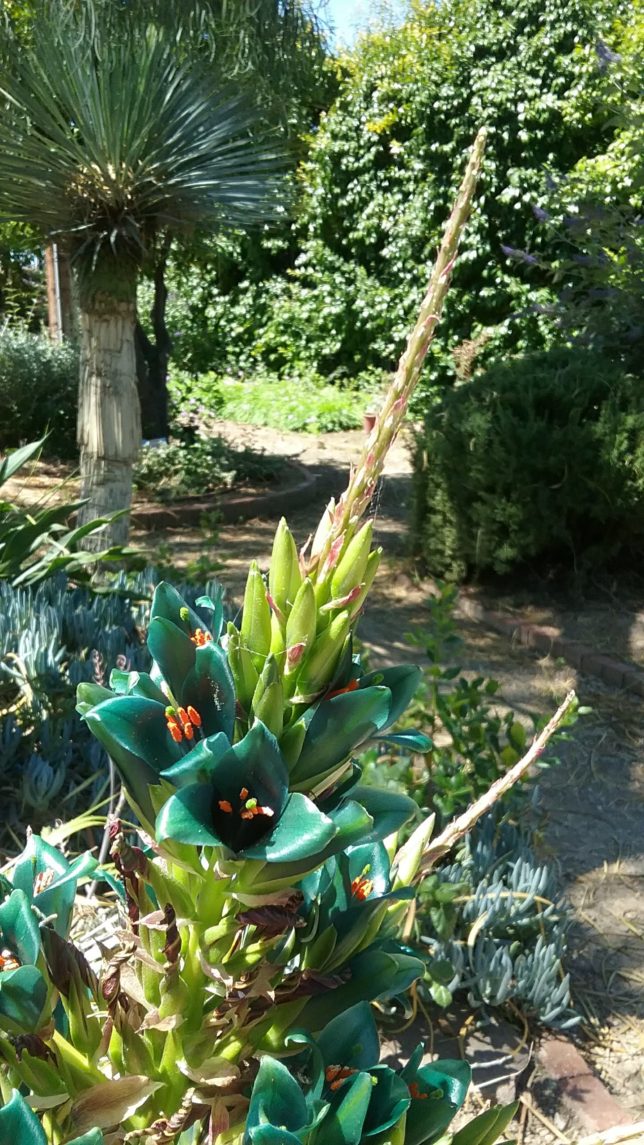
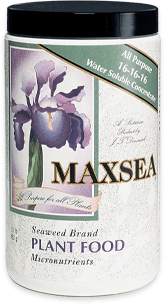 Maxsea water-soluble fertilizer provides the rich elements of seaweed, nitrogen, potassium, and phosphorus.
Maxsea water-soluble fertilizer provides the rich elements of seaweed, nitrogen, potassium, and phosphorus.